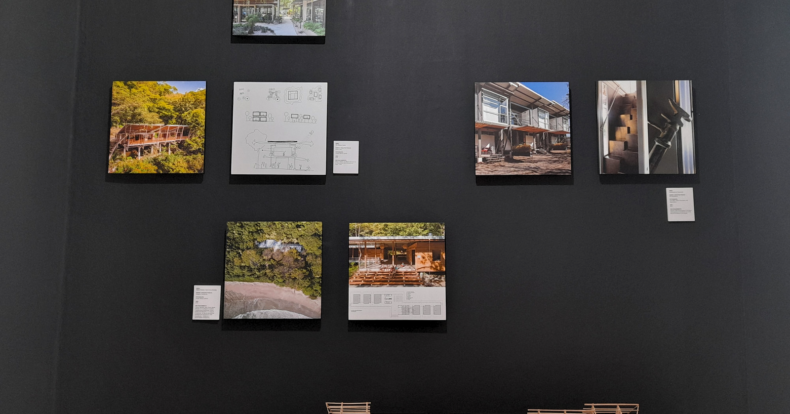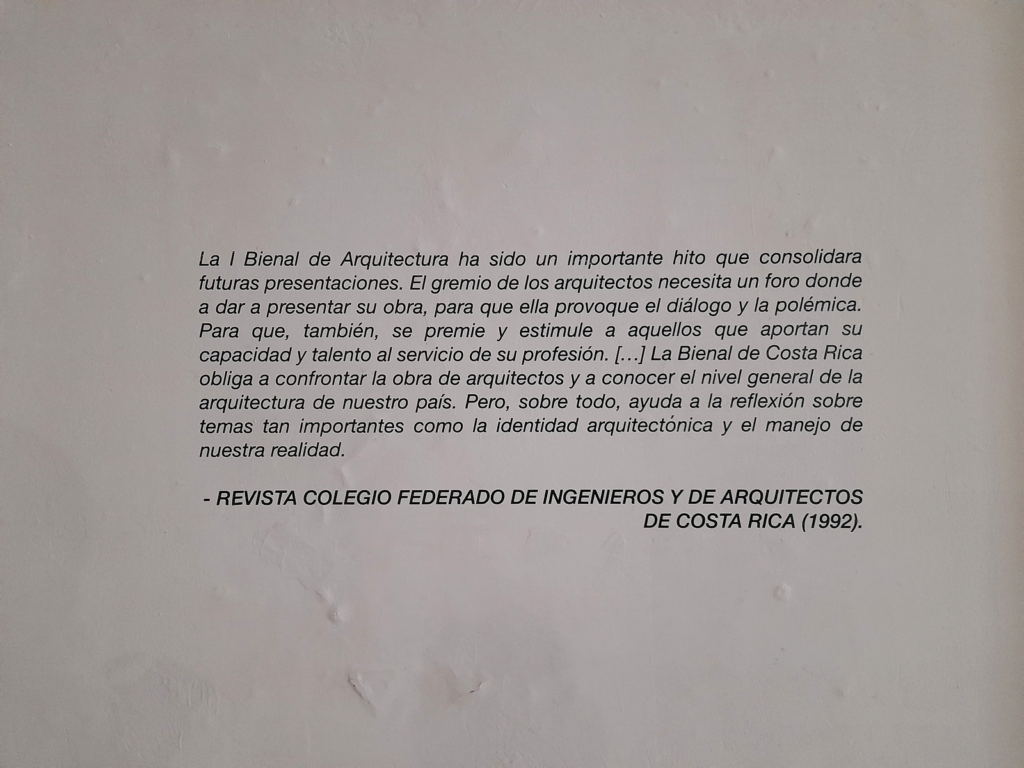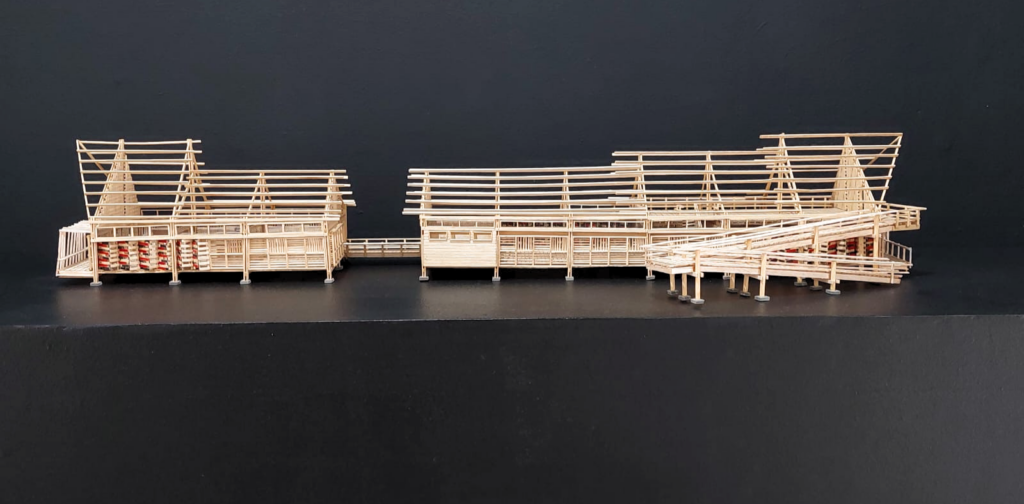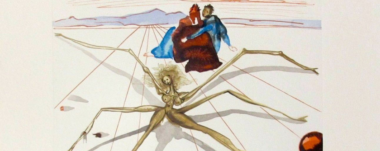Architecture Biennials in Costa Rica

Text extracted from the Museum of Contemporary Art and Design newsletter
In 1992, the College of Architects of Costa Rica (CACR) was in charge of managing and developing the country’s first Architecture Biennial. Since then, the event has been held uninterruptedly every two years for three decades; adding up, by 2022, to a total of sixteen editions aimed exclusively at the professional field of the discipline and another ten for students.
In general terms, this event has been responsible for exhibiting and disseminating part of the national and, to a lesser extent, international architectural production, while, at the same time, it has consolidated itself as a platform for the legitimization of discourses, concerns, aesthetics and even architectural trends. This has resulted in the strengthening of a platform where not only a wide spectrum of architectures is exhibited, but also, in a certain way, has shaped the development of the discipline in Costa Rica.

Almost two years after this event was created, the Museum of Contemporary Art and Design (MADC) was founded and, a few years later, one of its editions (1996) was held at the facilities of the National Culture Center (CENAC). On this occasion, thirty years after the emergence of the Architecture Biennial model in Costa Rica, through A trend project: 30 years of Architecture Biennials in Costa Rica, MADC proposes a review of this set of activities, of its qualities and of some of the projects and trajectories that have been awarded in the framework of the same -either with the Grand Biennial award, in some of the categories defined for the events, in the commercial and technical institutional recognitions, or through the José María Barrantes National Architecture Award, given since 2006 in the context of the Biennial-.
By means of a set of models, sketches, plans, diagrams, photographs and other materials related to a selected series of national projects, we intend to expose, and in a certain way humanize and socialize, part of the creative processes behind some of the projects that have won awards at the Architecture Biennials in Costa Rica, as well as to show who have been the architects that have influenced the development of the discipline in the country. In addition, the intention is to make available to the public inputs that normally do not circulate, elements that refer to certain stages in the development of an architectural idea or approach and that are usually kept in the offices or architectural firms that design them.
A trend project: 30 years of Architecture Biennials in Costa Rica, corresponds to the first review of the architectural production shown in these events and, undoubtedly, represents the possibility of reinforcing the MADC’s interest in the research processes on the different areas that are part of its field of action -in this case, architectural design-. Indeed, this curatorial exercise proposes a series of questions that are posed as a starting point for a topic that has been little explored in the country: exhibiting architecture. Thus, it is worth asking: Why are architectures exhibited? Who is responsible for the task of showing what refers to architectural design? How is exhibited -or should be exhibited- what is related to this discipline? What narratives, discourses or architectural trends have been legitimized through the Architecture Biennials in Costa Rica?

Sensorial Sunsets
Navigate articles






